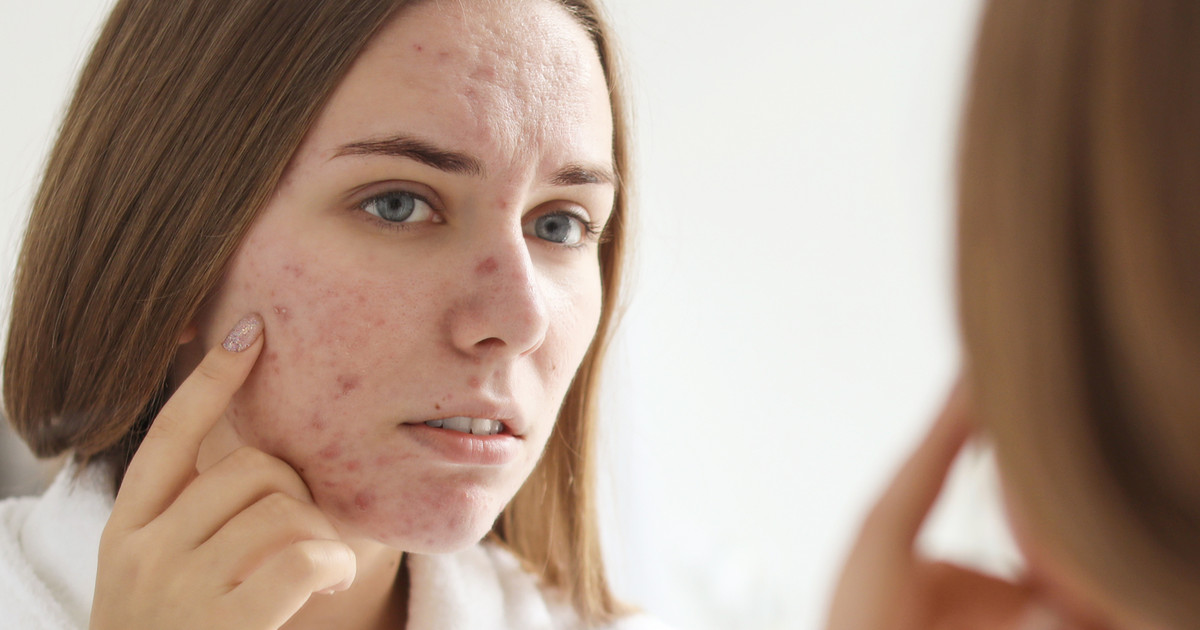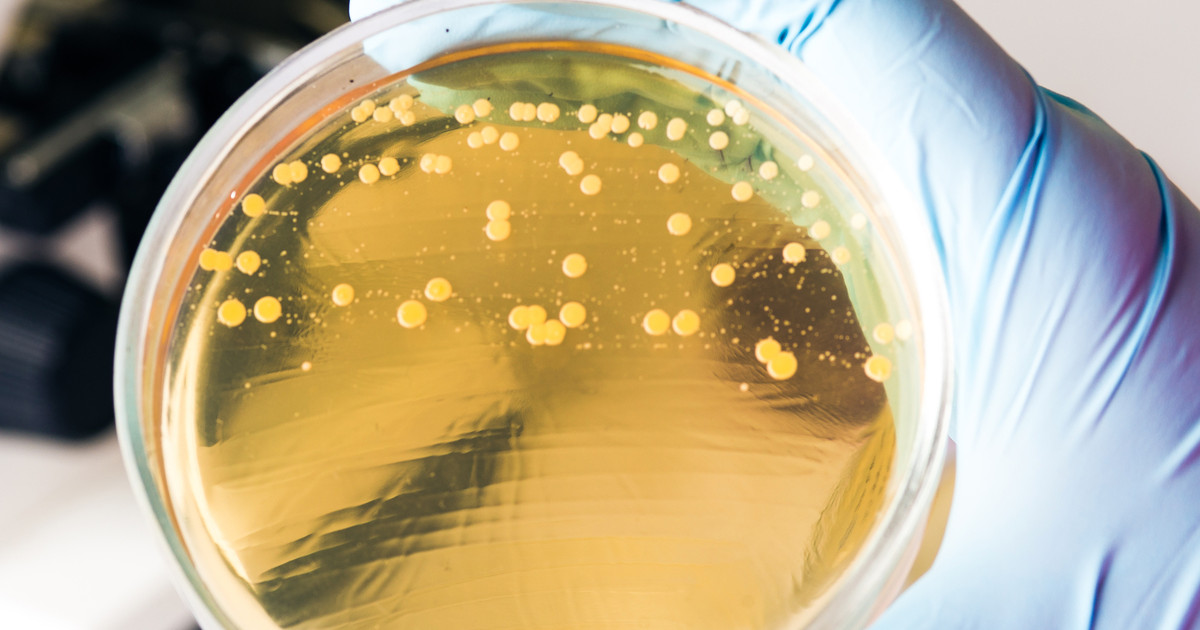What Is Benzoyl Peroxide?
Benzoyl peroxide, a topical medication, seems to come in many forms. Patients may get gels or cleansers over-the-counter. They seem to contain up to ten percent benzoyl peroxide. However, the most common appears to be five percent. Some versions of this medication may require a prescription. They may be stronger or combined with other medications, such as antibiotics and retinoids. Patients should follow the directions that their doctor gives. They may want to report persistent or rare side effects.
One prescription seems to be a clindamycin and benzoyl peroxide topical gel. This should work as a treatment for acne. However, patients may want to try over-the-counter acne treatments with benzoyl peroxide first. Of course, this should come after reviewing how this medication works. This understanding seems to help patients choose the best benzoyl peroxide product.
How It Should Work
Benzoyl peroxide may destroy bacteria. Specifically, it appears to kill Cutibacterium acnes. Some information indicates that this bacteria may be a major acne trigger. The skin seems to absorb this medication. It should convert it into benzoic acid. The patient's body may absorb five percent of this, and their kidneys seem to get rid of it through their urine. Cysteine appears to absorb the remaining ninety-five percent. The result should be the oxidization of bacteria proteins. Benzoyl peroxide may lower levels of P. acnes, lipids, and free fatty acids, which may help acne patients. It may also stimulate granulation tissue growth and the epithelium's ingrowth.
Reveal the potential uses for this ingredient now.
Potential Uses
Benzoyl peroxide appears to help treat acne. Most patients seem to find it in over-the-counter acne products, including cleansers and spot treatments. However, individuals with severe acne may need something stronger. Thus, they may use prescription-strength products with benzoyl peroxide. This ingredient may be found alongside antibiotics and retinoids in prescriptions for acne. Products with this ingredient may help clear breakouts. They seem to help reduce the frequency and severity of future breakouts as well. However, it may take some patients to notice benefits. Research suggests it could take up to ten weeks of consistent benzoyl peroxide use.
This medication seems to have several 'off-label' uses. Examples may include rosacea, folliculitis, perforating disease, pitted keratolysis, and some ulcers. If doctors recommend it for 'off-label' use, patients may want to ask why. Additionally, all patients may wish to consider reviewing the risks of this medication with their doctor first.
Keep reading to uncover the possible side effects next.

